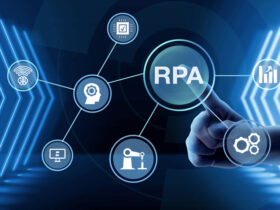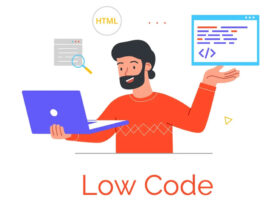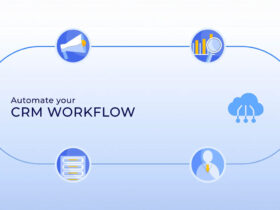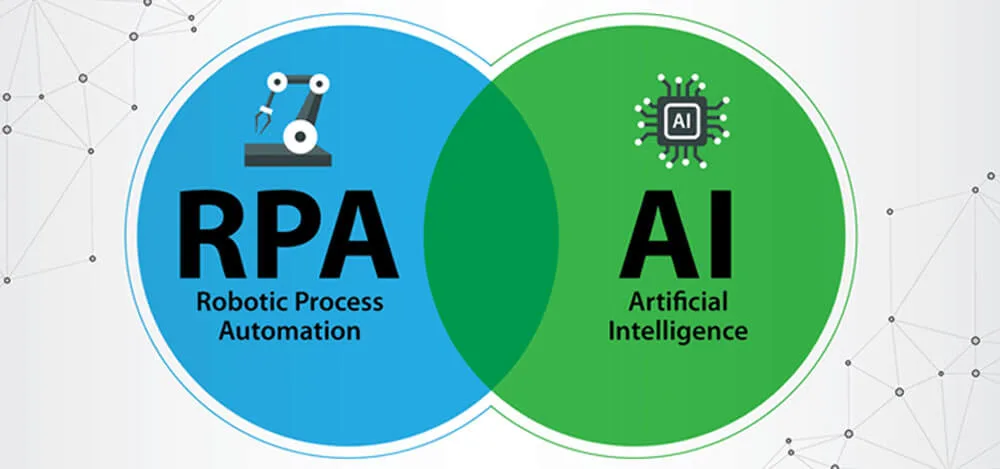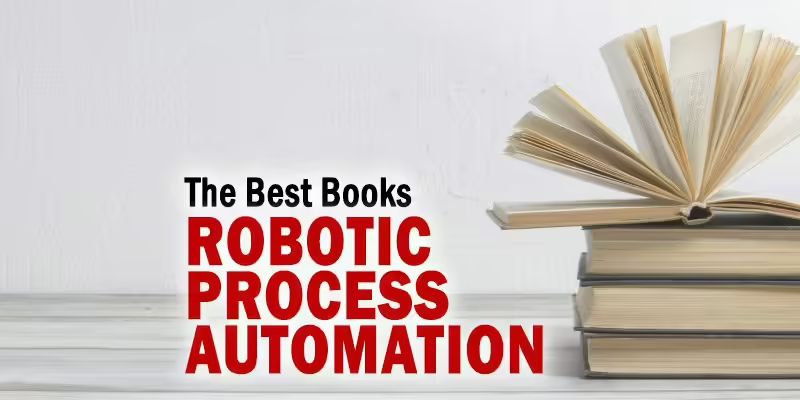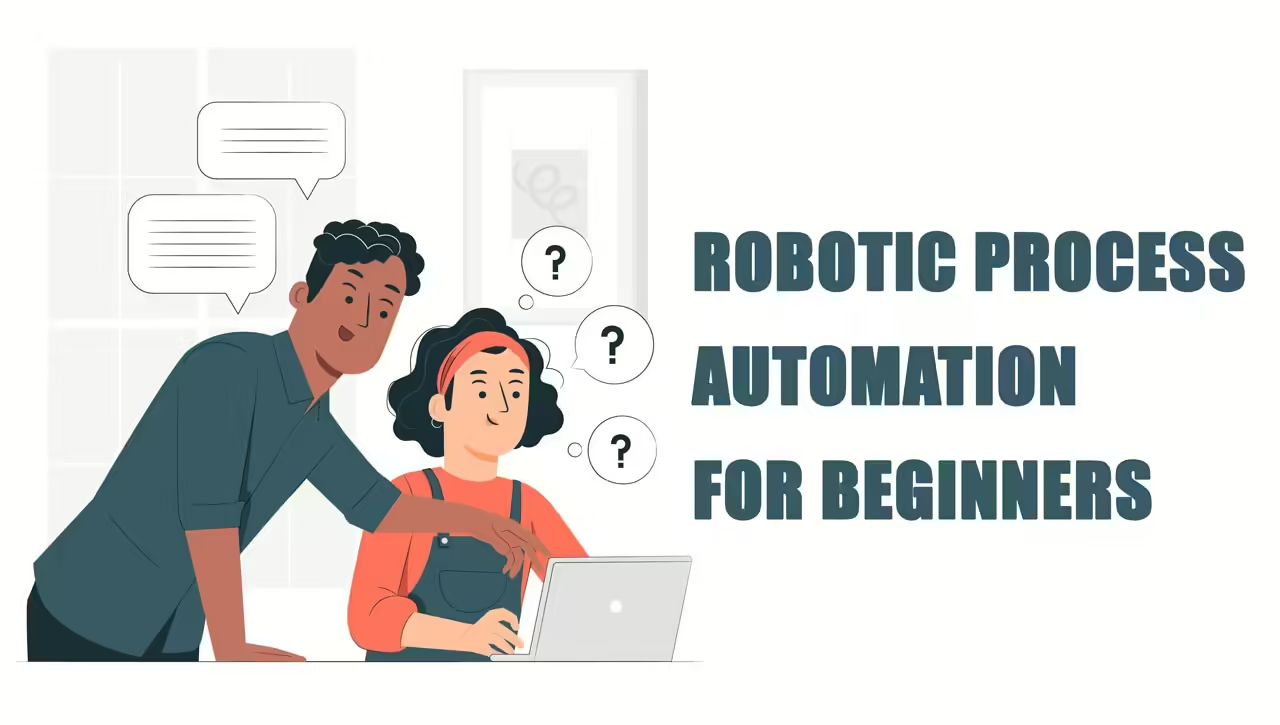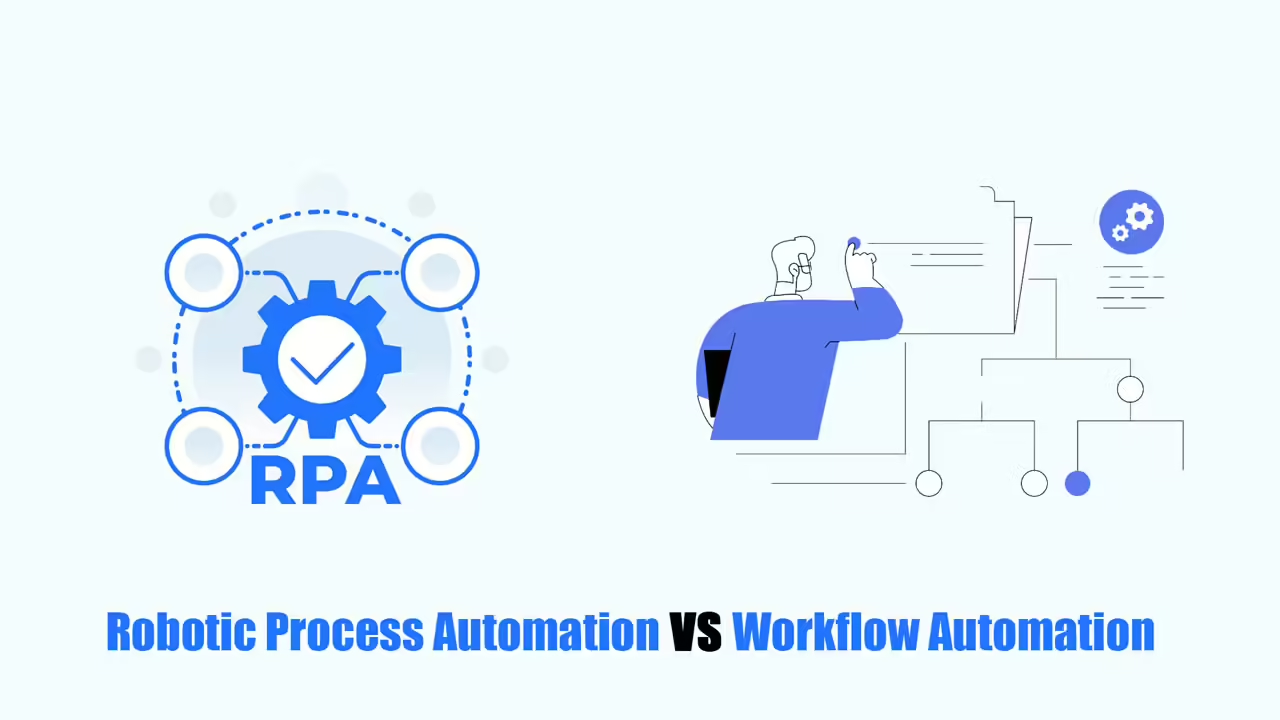By automating routine tasks, HR Robotic Process Automation frees up HR teams to focus on strategic initiatives and build stronger employee relationships. Let’s explore how this works.
Robotic Process Automation is changing the way we approach repetitive tasks. A recent Deloitte survey highlights this growing trend, with 74% of organizations planning to explore RPA and 22% already using it successfully.
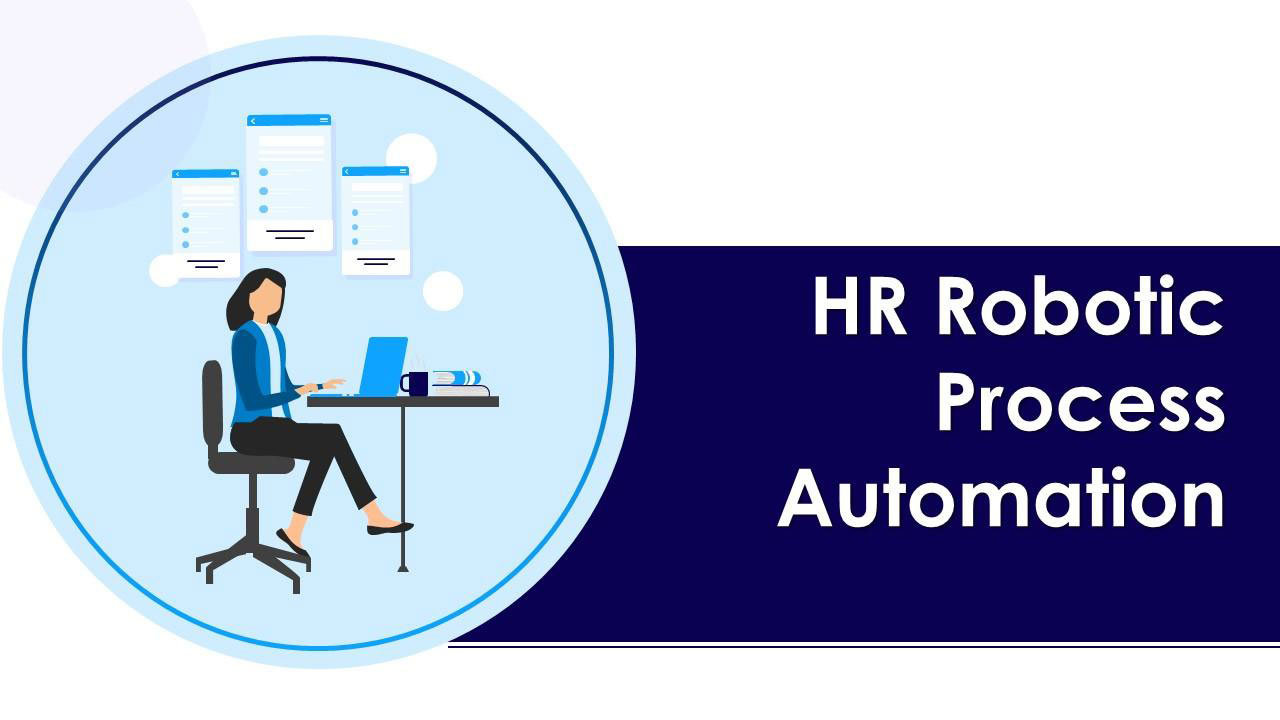
When you automate the administrative burdens of HR, you unlock valuable time and resources. This allows HR teams to prioritize face-to-face interactions, employee development, and addressing complex issues.
In this blog, we’ll dive deeper into RPA in human resources and payroll. We’ll cover the benefits of RPA, real-world use cases, and best practices for successful implementation.
What Is HR Robotic Process Automation?
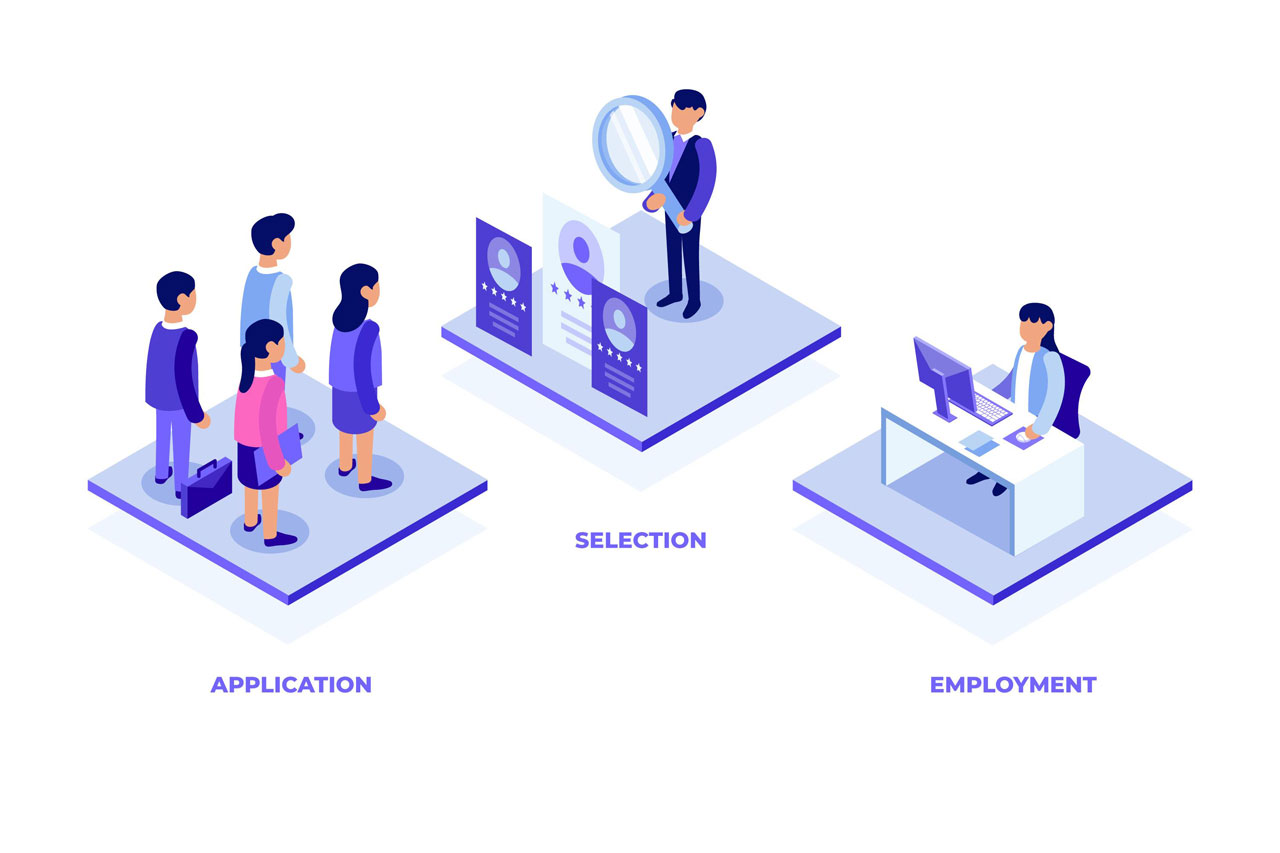
HR Robotic Process Automation is a powerful tool for enhancing HR data management. This technology uses software bots to automate routine, rule-based tasks that would otherwise require manual effort. By automating these processes, RPA frees up HR employees from tedious data entry and manipulation, ensuring greater accuracy and speed.
RPA streamlines HR operations by automating high-volume, repetitive tasks like onboarding, payroll processing, benefits management, and compliance reporting. This automation not only improves efficiency and data quality but also significantly reduces HR-related costs, allowing teams to focus on more strategic initiatives.
What Are the Benefits of HR Robotic Process Automation?
The HR department is the heart of any company, shaping the workplace and supporting employees. However, with the rise of digital transformation, HR teams now manage a massive volume of digital records. This workload can lead to bottlenecks and the potential for human error.
RPA (Robotic Process Automation) offers a solution. It uses software bots to automate repetitive, rule-based tasks. These bots can process vast amounts of data quickly and accurately as long as the input is error-free.
HR Robotic Process Automation has the potential to completely change the modern HR landscape. It offers better efficiency, greater return on investment (ROI), and becomes a key strategy for businesses of all sizes. Plus, RPA works seamlessly in the background, freeing up HR professionals’ time.
Let’s explore some specific benefits of using Robotic Process Automation for HR & payroll processes.
Productivity Increase
The most significant advantage of RPA in HR is a major productivity boost. Automating repetitive tasks saves HR teams hours of work each day. Imagine those tedious tasks handled in seconds!
Research from EY highlights this: HR employees spend a staggering 93% of their time on mundane tasks, with over 60% of those tasks ideal for automation.
By deploying RPA, you give HR professionals more time for strategic, decision-based work that directly impacts the company’s growth. This transformation has a powerful ripple effect, increasing overall productivity across the organization.
Consistency
Modern companies need reliable, consistent performance to accurately plan for the future. However, repetitive tasks can wear down HR team members, leading to inconsistent work output over time.
Automating those tedious, repetitive tasks frees up HR professionals to deliver a consistent level of work each day. Plus, as RPA bots handle the processes, there’s far less room for human error. This means predictable, reliable results throughout the entire operation.
Scalability
RPA shines with its flexibility. Since RPA bots follow pre-programmed procedures, these routines can be easily adjusted as your organization’s needs evolve. This offers unmatched adaptability compared to traditional systems.
Another advantage is scalability. You can easily increase or decrease the number of RPA bots based on the current workload. Best of all, you don’t need to shut down the system during scaling, eliminating downtime and making the process seamless.
Accuracy
One of the most compelling benefits of RPA in HR and payroll is its unmatched accuracy. Since RPA bots follow precise, pre-coded instructions, their output is virtually error-free. If you encounter an inconsistency, it usually means there’s a problem with the input data, not the bot’s process. Plus, RPA bots can be programmed to flag or reject inconsistent data, further enhancing accuracy.
This precision eliminates the need for constant double-checking. Your HR team gains valuable time to focus on strategic work and decision-making, leaving those repetitive tasks to the RPA system without any worries about mistakes.
Reliability
RPA introduces a new level of dependability to your HR workflow automation. Automation bots don’t need time off, they never get fatigued, and they consistently deliver accurate results.
This means your HR and payroll teams can operate without the worry of delays, errors, or staff shortages impacting those repetitive tasks. RPA provides a reassuring sense of reliability, allowing your team to focus on other priorities.
Use Cases of HR Robotic Process Automation
HR departments often juggle a mountain of paperwork and repetitive administrative tasks. This makes HR a prime candidate for the transformative power of Robotic Process Automation (RPA).
RPA delivers specific, tangible benefits to your business, especially within the HR department. Let’s dive into some of the most significant use cased of HR Robotic Process Automation:
CV Screening & Shortlisting Candidates
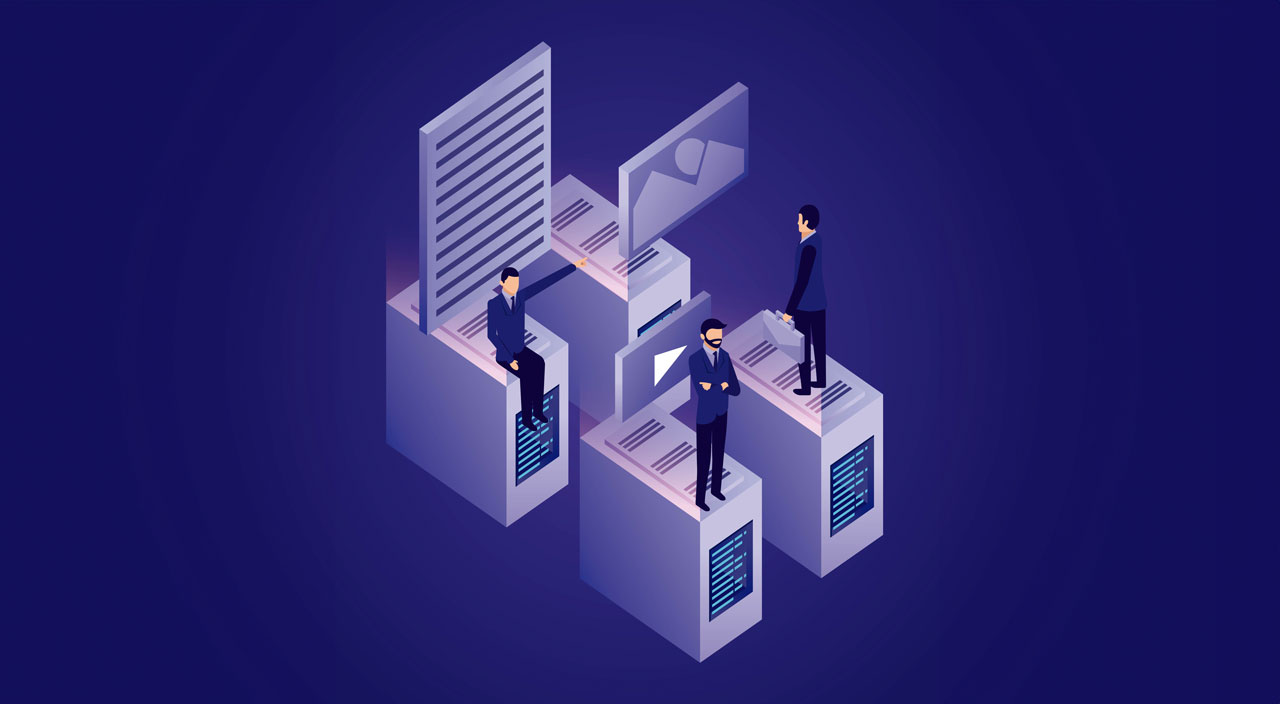
When it comes to hiring, HR teams often spend countless hours screening resumes and applications. RPA offers a powerful solution to streamline this process.
Software bots can easily collect applications and compare candidate information against specific job requirements. Think of it as having a set of rules that the RPA bot follows to sort candidates quickly. Those who meet the criteria can automatically receive interview invitations, while rejections are sent to unqualified applicants.
Plus, RPA can revolutionize hiring paperwork. By accessing a database of potential employee profiles, RPA bots can categorize candidates and send out timely updates on their application status. With RPA, your HR department can transform a complex recruitment process into a smoother, more efficient experience, making it easier to attract and hire top talent.
Simplifying Onboarding
HR onboarding is often a lengthy process involving multiple people and syncing data across various systems to set up new user accounts, access rights, equipment, and more. A smooth flow of information is crucial to match company procedures with the new employee’s profile.
This is where Robotic Process Automation (RPA) shines! RPA can streamline the entire onboarding process by automatically activating the right workflow template for a new hire. Software bots then make decisions based on rules you’ve established, such as which documents to send and what credentials to assign.
Plus, bots speed up tasks like generating employee IDs and getting new hires started quickly and smoothly.
Key benefits of RPA in onboarding:
- Cost Reduction: Bots handle tedious tasks, freeing up HR staff for more strategic work. They also automatically move information between systems.
- Increased Speed: RPA eliminates manual delays by validating data and immediately updating multiple systems.
- Reduced Errors: Bots ensure accurate information flows throughout the onboarding process, minimizing mistakes.
Employee Data Management
Employee data management is a core HR function. Think of all the different databases involved – payroll, benefits, company rules, and more! A constant flow of information on current staff, new hires, and contractors adds to the workload. Managing this manually is a recipe for overwhelm.
RPA provides a powerful solution. It can automate many of the tasks related to employee data, drastically reducing the chance of errors. Bots can also perform regular data cleaning, ensuring information stays accurate between all your different systems.
This has a ripple effect! With accurate and up-to-date data, HR services are delivered to employees far more efficiently. For instance, RPA can automatically generate key documents instead of having HR staff laboriously copy data by hand.
Payroll Processing
Payroll processing stands as one of the most repetitive and essential HR tasks. Yet, its reliance on massive manual data entry opens the door to potential errors. Further complications arise from constantly evolving tax regulations and reporting standards, not to mention potential system issues. These factors can transform payroll into a frustratingly slow process for HR teams.
RPA offers a powerful solution to streamline payroll. RPA excels at gathering and integrating data across diverse systems, including HR databases, employee management platforms, time tracking, accounts payable, and general ledgers.
Moreover, RPA bots are capable of cross-referencing employee hours logged in the system against reports, automatically making corrections for any discrepancies compared to scheduled shifts. These software robots can generate insightful reports flagging high volumes of registered hours, excessive overtime, missing hours, or unusual patterns in timeouts. Such insights greatly simplify payroll processing for HR teams.
Expense Management
HR managers often struggle to keep pace with the manual burdens of travel and expense management. Missing receipts, delayed submissions, policy violations, and disorganized spreadsheets all contribute to the challenge. Despite the availability of advanced expense management solutions, many organizations remain stuck with outdated systems reliant on error-prone manual data entry by employees.
Implementing an RPA solution can revolutionize expense management. RPA automates the extraction of key details from expense receipts, eliminating manual work and saving valuable time. Employees can simply snap photos of receipts, with the software handling the rest.
Furthermore, RPA software utilizes a rule-based system to streamline the approval of legitimate expenses. It identifies the invoice type and verifies compliance with all relevant policies before processing the claim. This ensures accuracy and adherence to company guidelines.
Maintaining Compliance of the Organization
Compliance stands as a cornerstone of effective HR operations within any organization. Companies must navigate strict labor laws and regulations, demanding precise and seamless compliance processes. Unfortunately, ensuring this level of compliance manually places a heavy burden on HR professionals. Every detail demands meticulous analysis and input, leading to significant time investment.
RPA offers a transformative solution for compliance activities. RPA software accelerates the process while dramatically reducing delays and the potential for human error. By automating tasks through software bots, RPA elevates the accuracy and reliability of compliance procedures.
Employee Exit Management
Much like onboarding, HR managers must prioritize a smooth and efficient employee off-boarding process. Exit paperwork, system access revocation, and final settlements all demand attention to detail. Errors in these areas can lead to costly audit issues.
RPA offers a powerful tool to streamline off-boarding. By predefining exit procedures, RPA bots can autonomously handle key tasks. The software can extract critical information from an employee’s final report and cross-check it within finance applications. If the mandatory data is accurate, it emails relevant departments for updates.
Upon receiving confirmation, the bot notifies the employee. With employee clearance, the process concludes by forwarding details to the finance department for approval and ultimately triggering payment processing through the appropriate bank channels.
Employee Induction & Training
RPA technology empowers organizations and HR departments to fully automate the induction process. New candidates receive a digital profile immediately upon acceptance of the job offer.
Within this profile, RPA software triggers an onboarding sequence, keeping candidates informed about business processes, compliance standards, and regulations.
When integrated with a robust e-learning and training platform, RPA-driven induction dramatically improves training effectiveness and adoption rates.
Performance Management
Organizations across various industries are actively seeking ways to integrate RPA into their HR performance management systems. RPA software simplifies the entire process, from goal-setting and incentive calculations to reward evaluations. This helps HR departments maintain optimal organizational productivity.
Performance management can be incredibly time-consuming and repetitive. Automating these tasks with RPA significantly improves efficiency, reduces the potential for errors, and frees up valuable HR resources.
Calculation of Shift Allowance
Many organizations offer shift allowances to employees working across time zones for international clients. Traditionally, calculating these allowances involves manually extracting employee swipe-in/out data from multiple HR systems – a time-consuming and error-prone process.
RPA revolutionizes shift allowance calculation. Bots automatically read and validate data from various backend systems. This automation occurs on a periodic schedule, ensuring timely clearance of allowances while drastically reducing manual effort, handling time, and the potential for errors.
Background Verification for New Hires
Background verification for new employees is a meticulous process. It demands cross-checking candidate details (name, address, date of birth, etc.) against extensive databases. This process is both time-consuming and requires pinpoint accuracy.
Companies can automate the retrieval of necessary details from input sources and cross-reference them with backend databases. Report generation also becomes hands-off.
RPA bots consolidate this data into a final master report, automatically uploading it to the backend system on a defined schedule. To expedite results, the workload can even be distributed across multiple bots for faster processing.
Tracking Attendance
Attendance tracking poses a challenge for HR teams, particularly in large organizations or those facing issues with employees not accurately recording their time. Factors like these make the process cumbersome.
Software bots cross-reference employee self-reports against official company time logs, flagging any discrepancies for HR attention. Additionally, in cases of high absenteeism, bots can suggest workforce reallocation strategies to help HR prevent workflow disruptions.
HR Robotic Process Automation with RPA Cloud
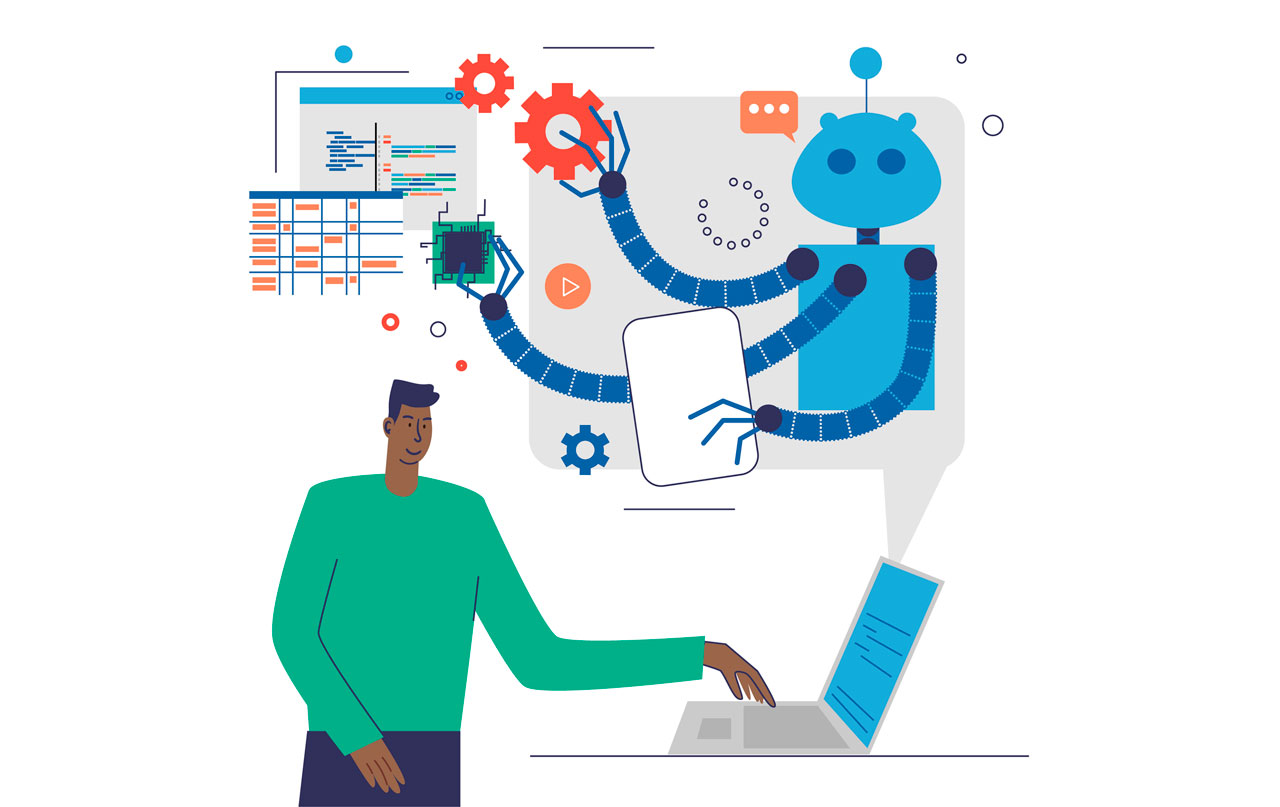
If you are looking for HR Robotic Process Automation software for your team and company, then RPA CLOUD is probably a perfect choice for you.
RPA CLOUD is a cloud-based software robot with an extremely user-friendly interface and requires no programming knowledge. RPA Cloud has become a powerful enabler for anyone looking to automate tasks and optimize workflows. From there, this software helps improve operational efficiency and save time and costs for businesses in many fields and scales.
Key features:
- Easy to Use: Intuitive, simple interface, no coding required, making it easy for users to use and operate.
- Efficient Automation: RPA Cloud automates repetitive tasks, freeing up users’ time to focus on more important work.
- Cross-platform Support: RPA Cloud allows you to work on many popular platforms such as Google Chrome, Excel, Gmail, Google Spreadsheets, Google Drive,
- Google Calendar, Google Docs, AWS S3 and FileMaker.
Pricing:
- Free Trial: 30-day trial without requiring a credit card.
- Standard Plan: $15 per month.
- Premium Plan: $30 per month.
- Enterprise Plan: $50 per month.
- Cooperation Plan: Contact RPA Cloud for customized pricing.
The reach of HR Robotic Process Automation is swiftly growing, impacting all facets of HR operations. Implementing RPA delivers a triple threat: enhanced accuracy, significant labor cost savings, and dramatically reduced processing times. This translates to happier employees and, ultimately, satisfied customers.
RPA acts as a catalyst for innovation in HR, fundamentally transforming how departments function. With numerous operational models already embracing automation, it’s only a matter of time before most organizations recognize RPA’s potential to slash costs, boost efficiency, and elevate the overall quality of HR processes.
Read more:


